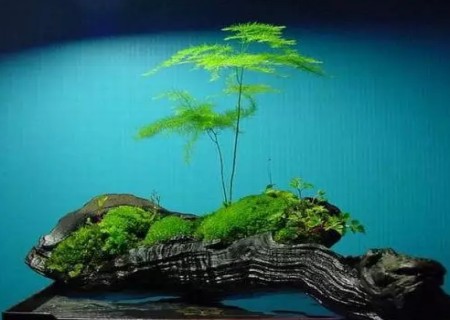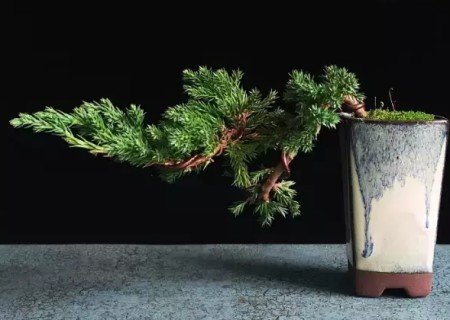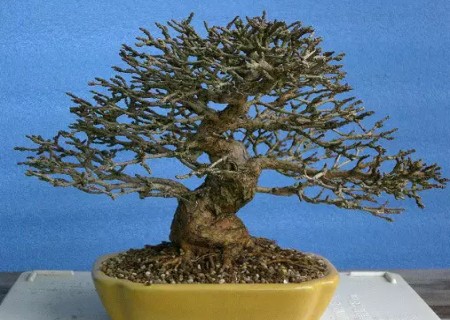How to raise bonsai moss
Moss in bonsai can play a good role in embellishment, and even let bonsai achieve the effect of icing on the cake. In the last article, the editor shared an article entitled "making Pictures of Bonsai Moss". I believe you already know how to make bonsai moss. Today, the editor shares with you how to grow bonsai moss.

Through exploration and practice, the editor thinks that in order to raise moss well, we need to do a good job in the following aspects:
1. Temperature
The most suitable temperature for moss to keep fresh and tender growth is between 10 °C and 30 °C, so in order to raise moss well, we should first provide protection in terms of temperature.
2. Humidity
Humidity is one of the key factors affecting the good growth of moss, but the humidity mentioned by the editor here mainly refers to air humidity. For different moss varieties, the requirements for air humidity are naturally different, which are generally higher than those of human settlements.
3. Lighting
Many friends think that moss grows in a damp environment, so it doesn't need light. In fact, this is a misunderstanding. Mosses also need photosynthesis, so they also need light, but prefer soft light. It is impossible for moss to grow in a state of lack of light for a long time, and if the light is too strong, it is easy to die in the sun.
4. Air
Moss likes to breathe fresh air, so housekeeping should consider providing it with a smooth air conservation environment, but need to avoid the wind, if the wind is too strong, it is easy to take away too much water and reduce the humidity, thus affecting the growth of moss.
5. Environment
A good environment can not only promote the growth of moss, but also maintain its bright green color, but if the environment suddenly becomes bad, we should take timely measures, otherwise it may be fatal. When the environment suddenly becomes bad, it is recommended to let the bonsai moss dry slowly, and then let it go into a dormant state. Although the dormant moss is ugly, it can at least save your life.
Time: 2019-05-30 Click:
- Prev

Causes and control measures of yellowing of bonsai leaves of Sabina vulgaris
Sabina vulgaris, also known as Sabina vulgaris and Sabina vulgaris, is an evergreen shrub of Sabina vulgaris. The plant is low and has no erect trunk. The branches grow parallel to the ground or grow close to the ground. The trunk epidermis is smooth when young, but becomes rough for a period of time. Its branchlets grow densely, with spiny leaves and apex pointed.
- Next

How to change the bonsai (illustration)
As we all know, the growth space of bonsai plants in the basin is limited, after all, if we do not change the basin for a long time, it may cause a lot of growth problems, such as the root system can not continue to stretch and appear aging phenomenon, the basin soil can not provide more nutrients, diseases and insect pests invade the soil medium, so we need to change the basin at the right time.
Related
- Fuxing push coffee new agricultural production and marketing class: lack of small-scale processing plants
- Jujube rice field leisure farm deep ploughing Yilan for five years to create a space for organic food and play
- Nongyu Farm-A trial of organic papaya for brave women with advanced technology
- Four points for attention in the prevention and control of diseases and insect pests of edible fungi
- How to add nutrient solution to Edible Fungi
- Is there any good way to control edible fungus mites?
- Open Inoculation Technology of Edible Fungi
- Is there any clever way to use fertilizer for edible fungus in winter?
- What agents are used to kill the pathogens of edible fungi in the mushroom shed?
- Rapid drying of Edible Fungi

